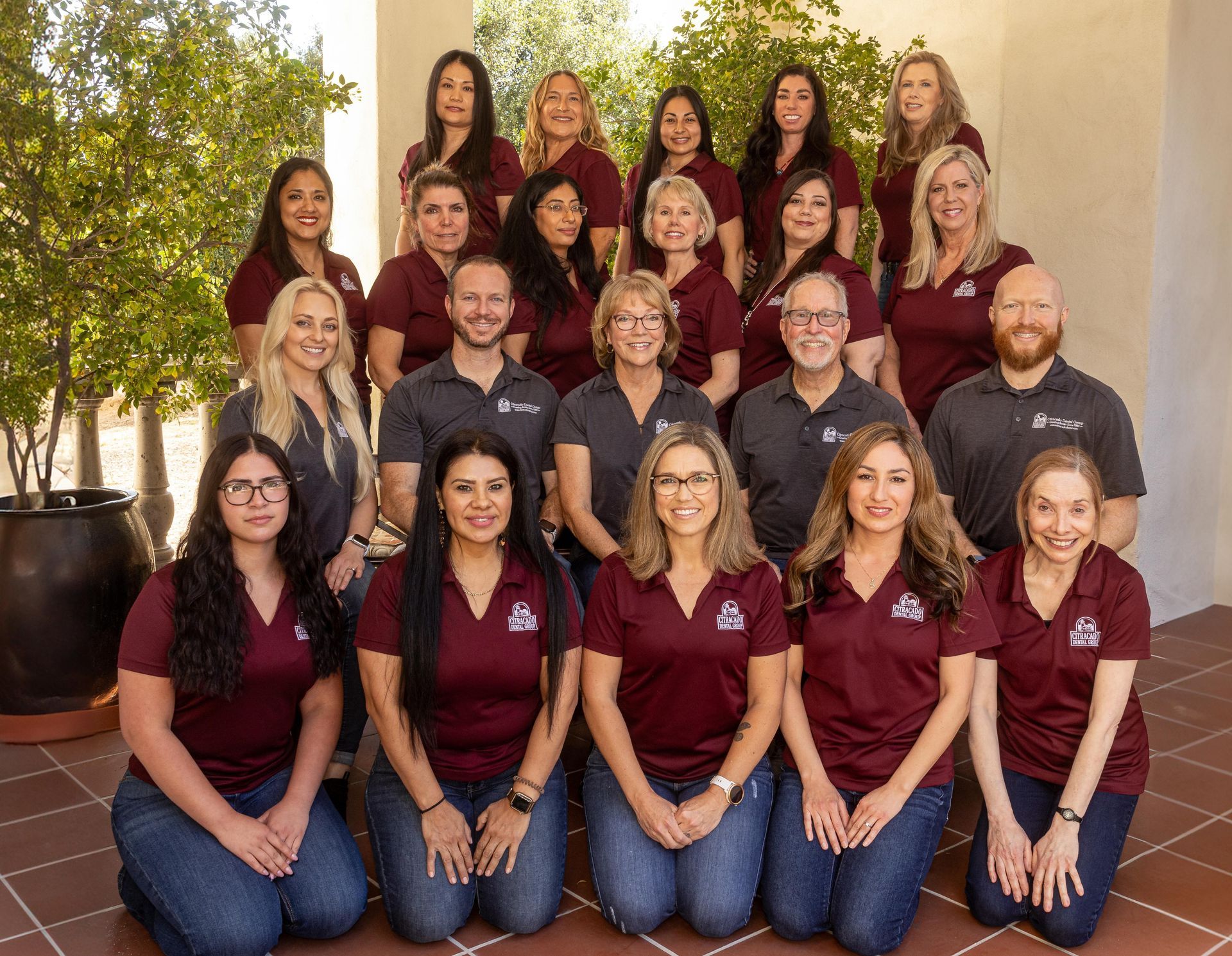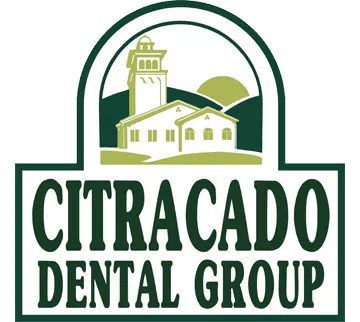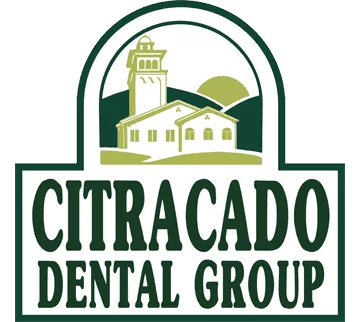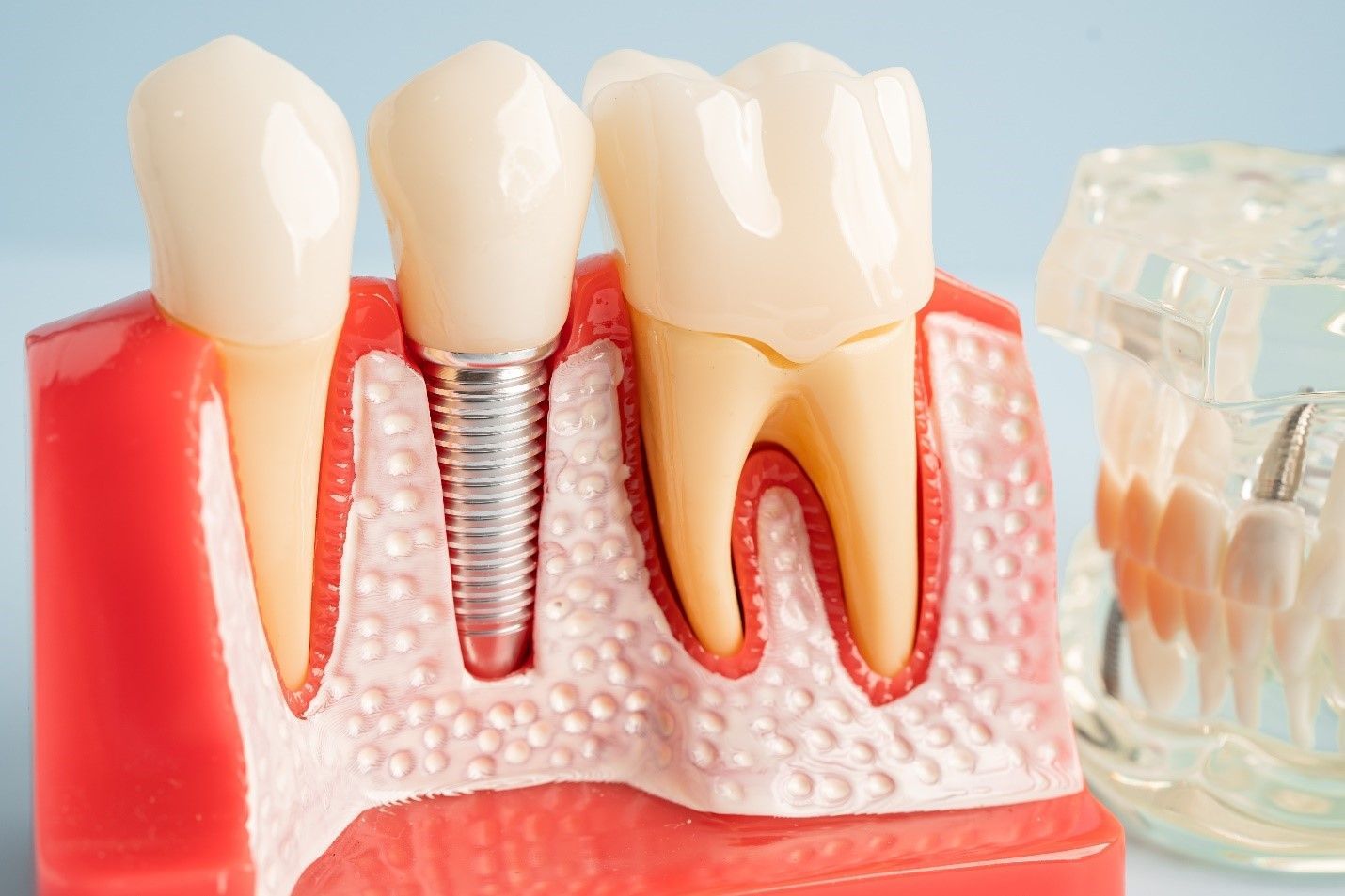5 TIPS THAT WILL IMPROVE THE WAY YOU BRUSH YOUR TEETH
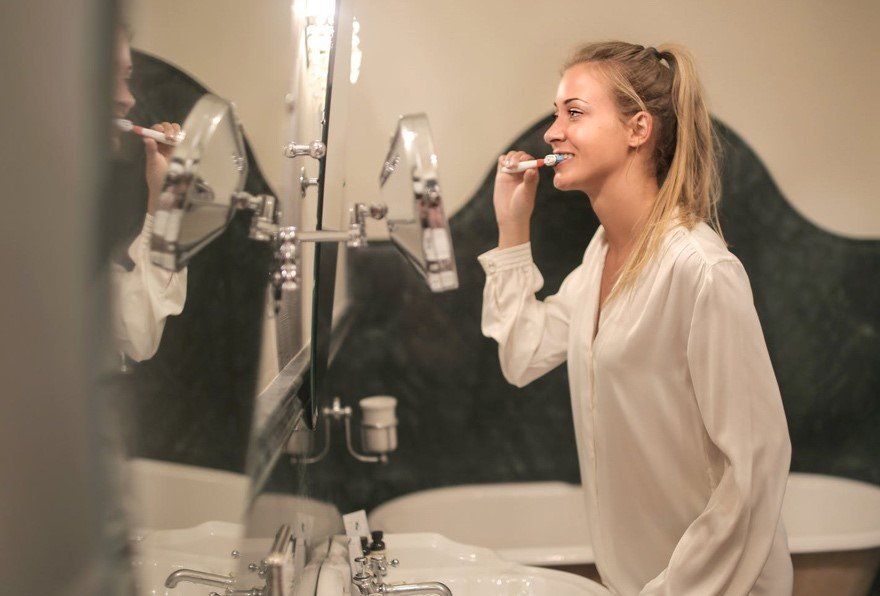
One of the most important and oldest habits you’ve worked on is brushing your teeth.
You may have been too young to remember the first time you held a toothbrush to clean your teeth.
Over time, you may have improved on your brushing habits and followed the rule of brushing at least twice a day. Or, perhaps you’ve fallen off the dental wagon.
For those who want to do a little more about their dental hygiene, here are five tips that will freshen up any dental routine:
Use the 45-degree angle technique
Brushing your teeth back and forth may be your go-to move, but it is not ideal.
Instead, tilt your brush and place it at a 45-degree angle to the gums, gently brushing in short, tooth-wide strokes. After spending a little time on each area, swoop downward away from the gum for optimal cleaning.
Go with a softer toothbrush
Stiff toothbrushes can cause irreversible damage because teeth and gums might not be as strong as they appear.
Teeth are sensitive and can be abraded by hard toothbrush bristles. Hard toothbrush bristles can also contribute to gum recession.
With this in mind, it’s important to choose an appropriate toothbrush that’s softer and just as effective in sweeping away plaque and other debris.
Buy an electric toothbrush
Electric toothbrushes make it easier to do a good job cleaning your teeth and gums. Although manual toothbrushes can be very technique-sensitive, an electric one helps you be more thorough with less effort.
Electric toothbrushes are great for everyone. It can help people with poor hand-eye coordination or a physical disability that makes it difficult to use a traditional toothbrush.
These devices also speed up the teeth-cleaning process and many have built-in safety features that will stop the bristles when pressed too hard against the teeth.
Don’t forget to floss
No matter if you brush your teeth three or four times a day, you must not forget to floss.
Flossing makes it easier to reach areas between the teeth and gums — which your toothbrush can miss. Regular flossing is essential to both cleaning up food debris and preventing more serious dental ailments down the road.
Know your problem areas
Ever eat a certain food and notice it always tends to get caught in the same area between your teeth and gums?
That type of awareness is important to maintaining an effective dental hygiene routine.
Some of the common trouble areas include the last teeth in your mouth (most posterior) and other areas of the mouth that include dental implants or bridges.
These hard-to-reach spots are more likely to develop plaque and other buildup.
Your dentist can help you identify your problem areas and recommend techniques on how to properly address them.
QUICK MENU
RECENT POSTS
